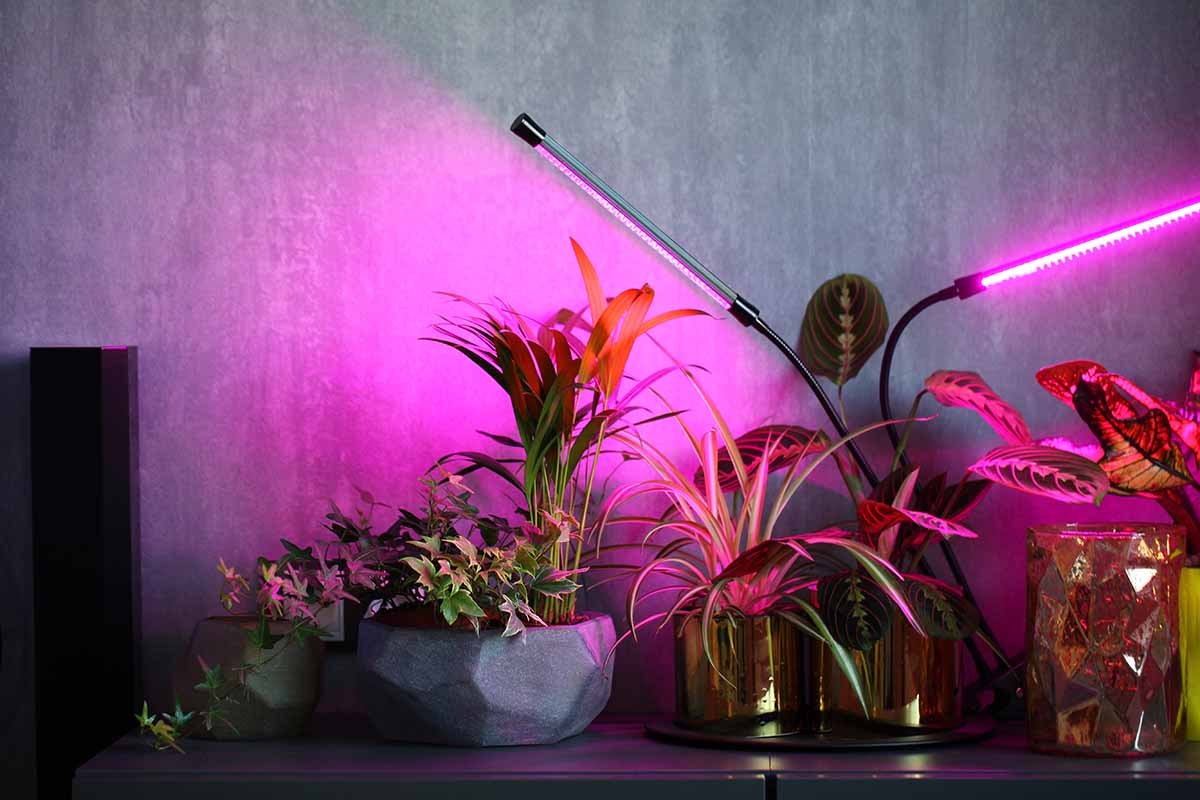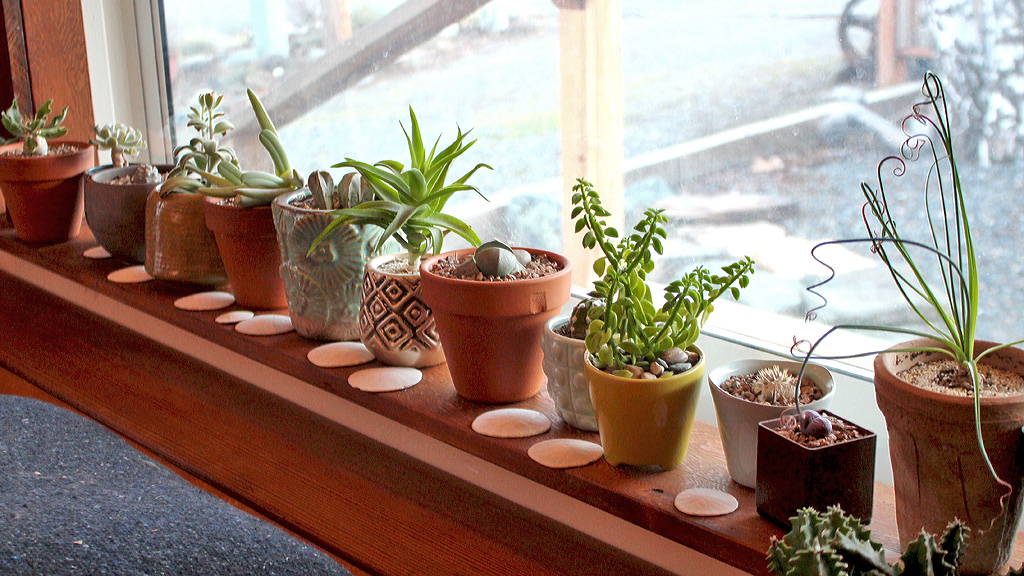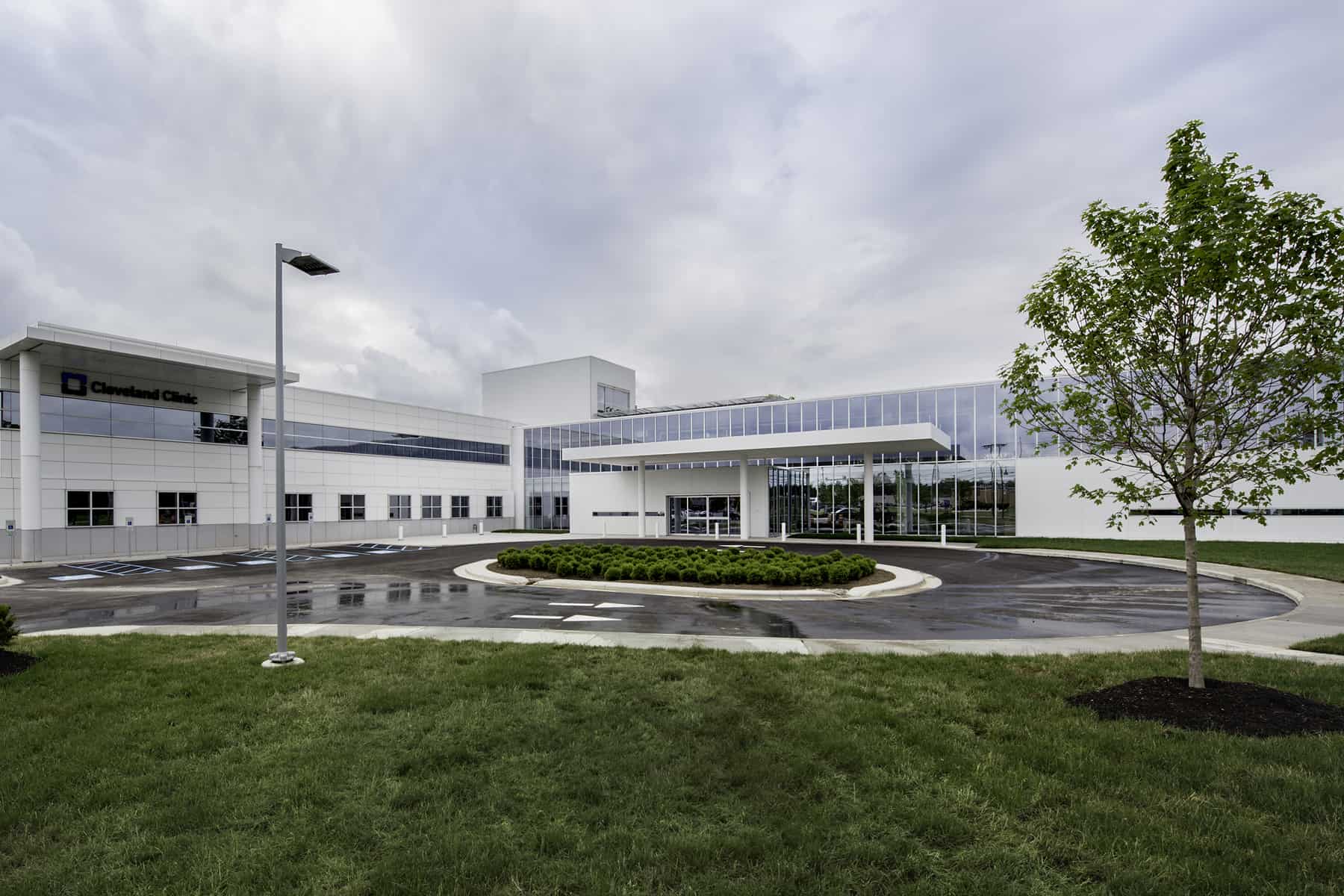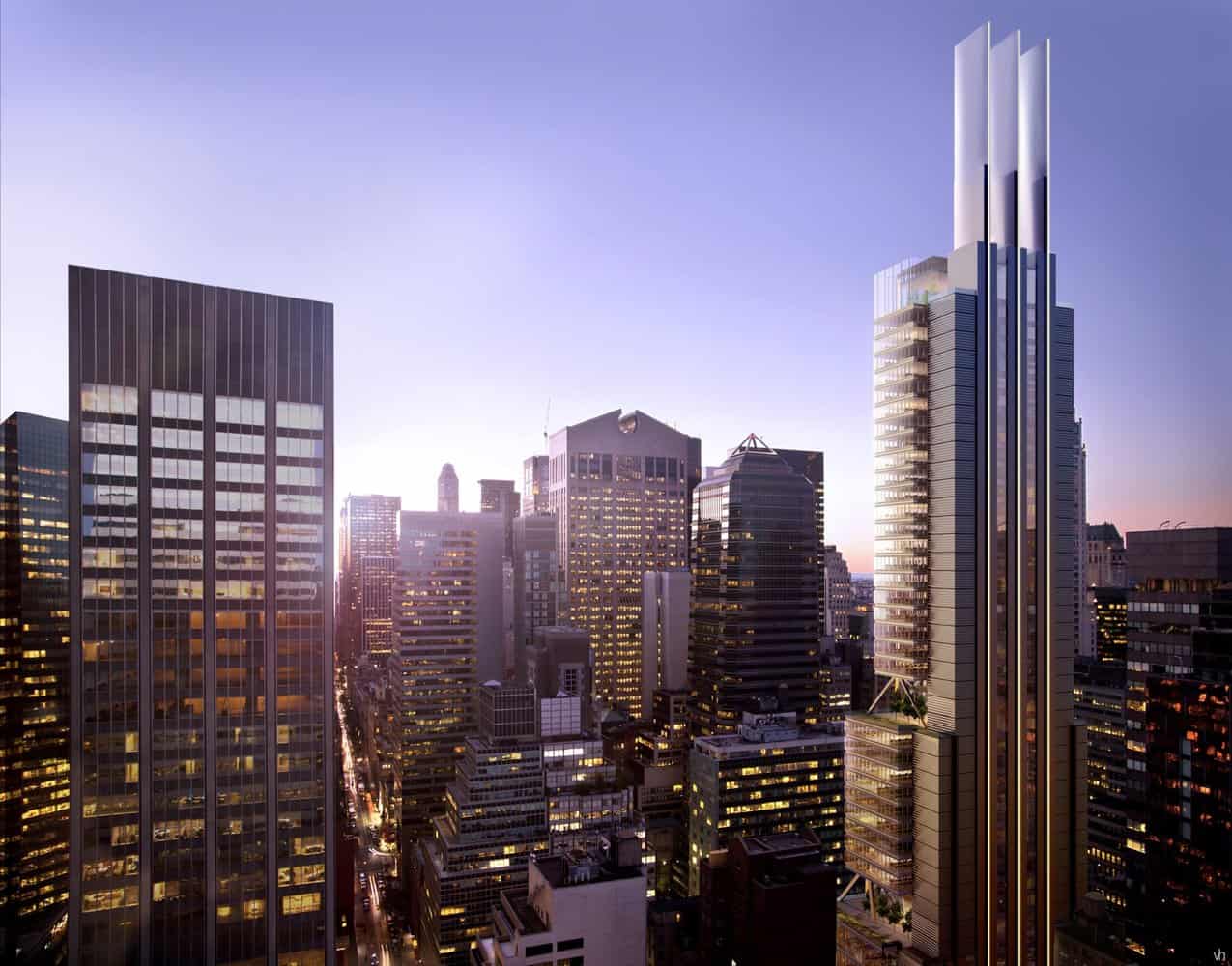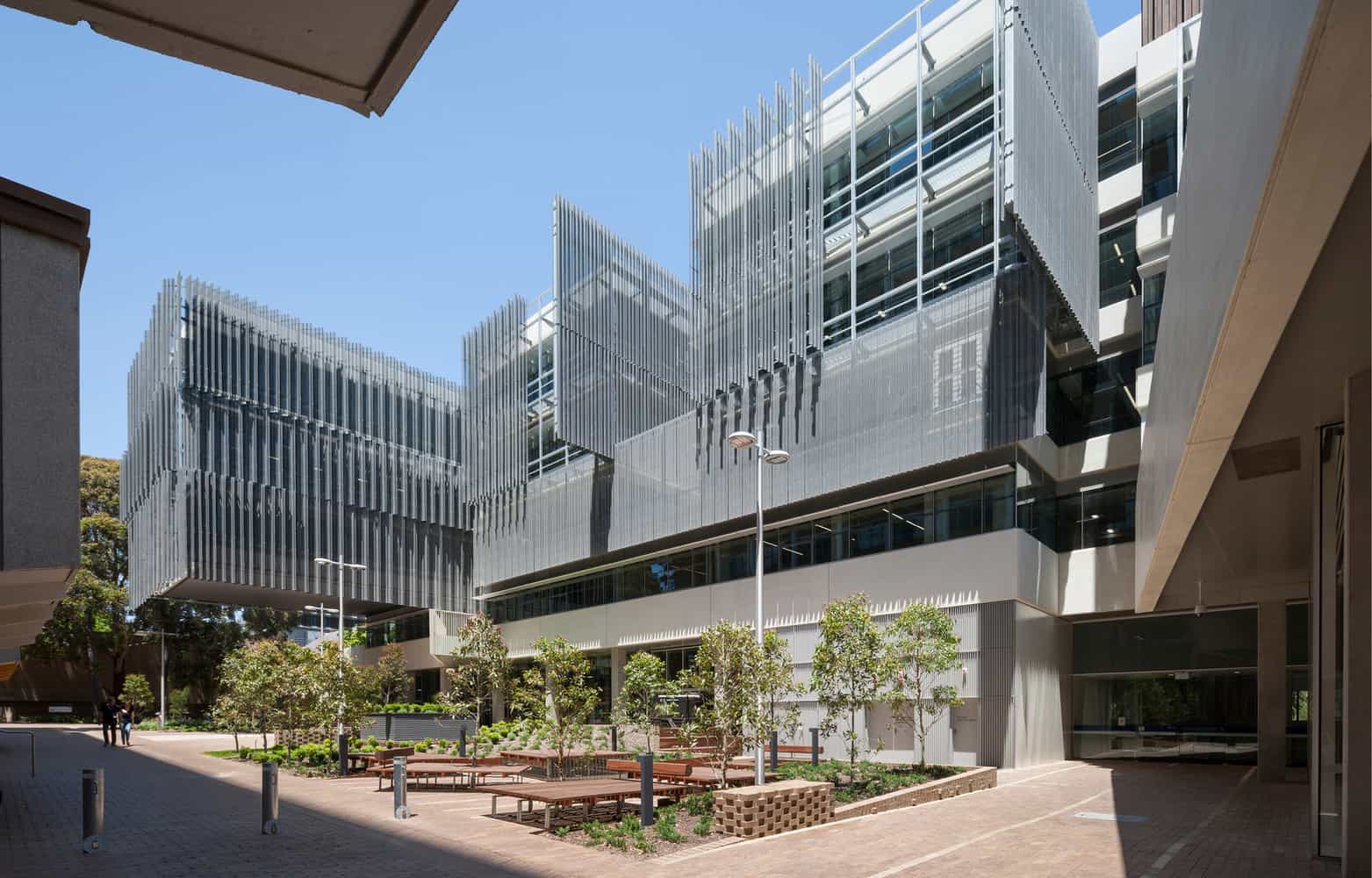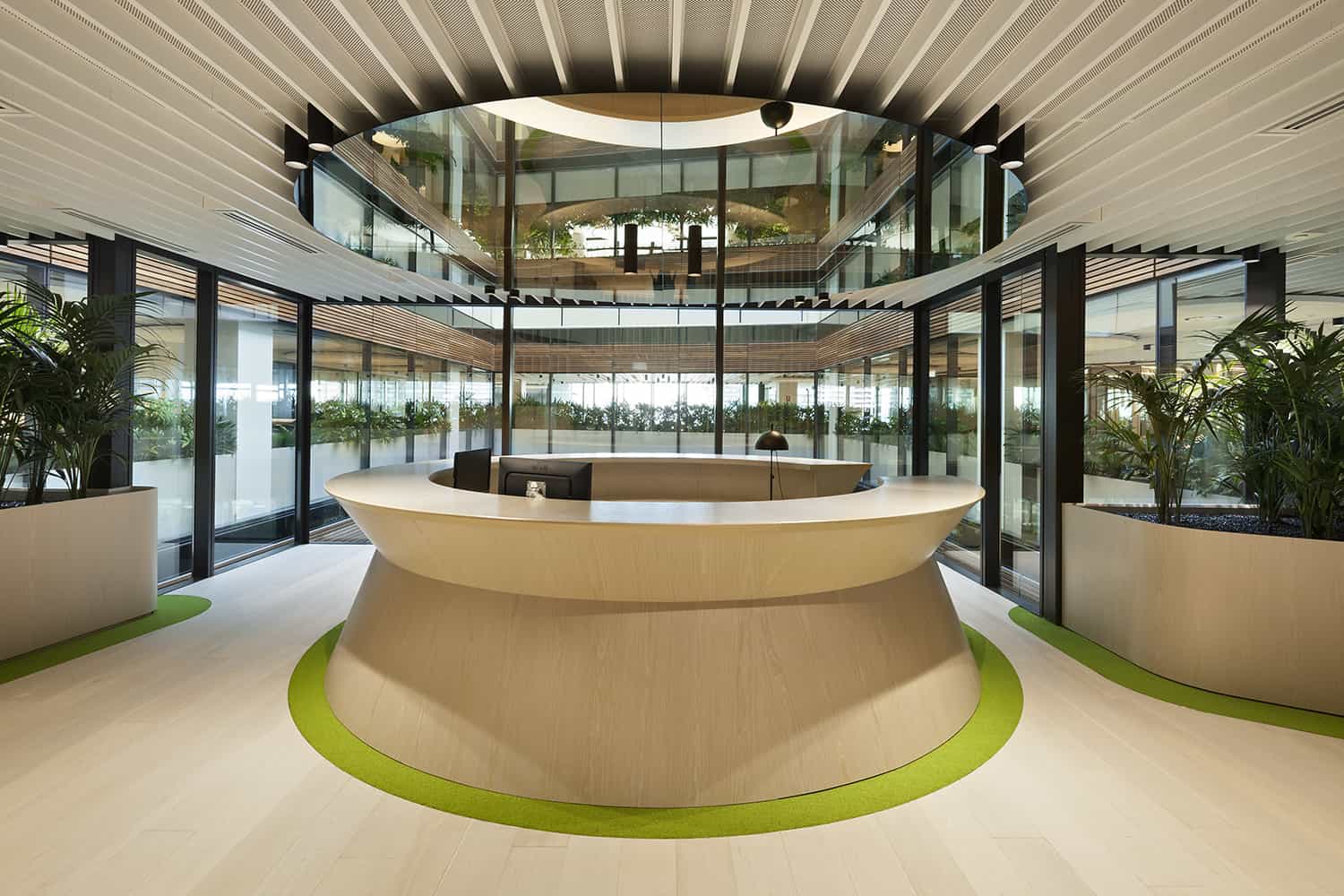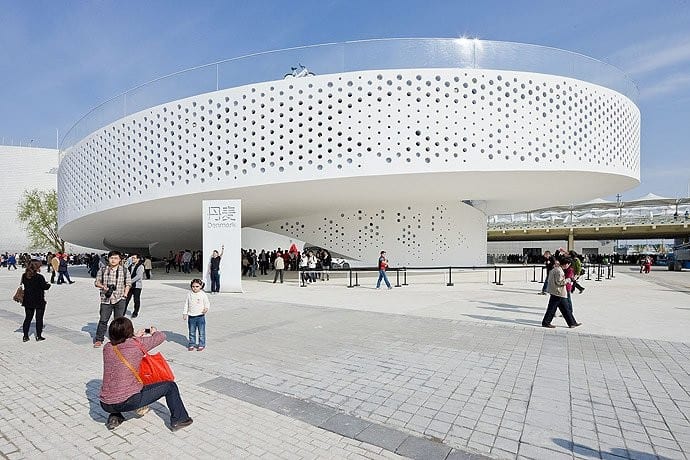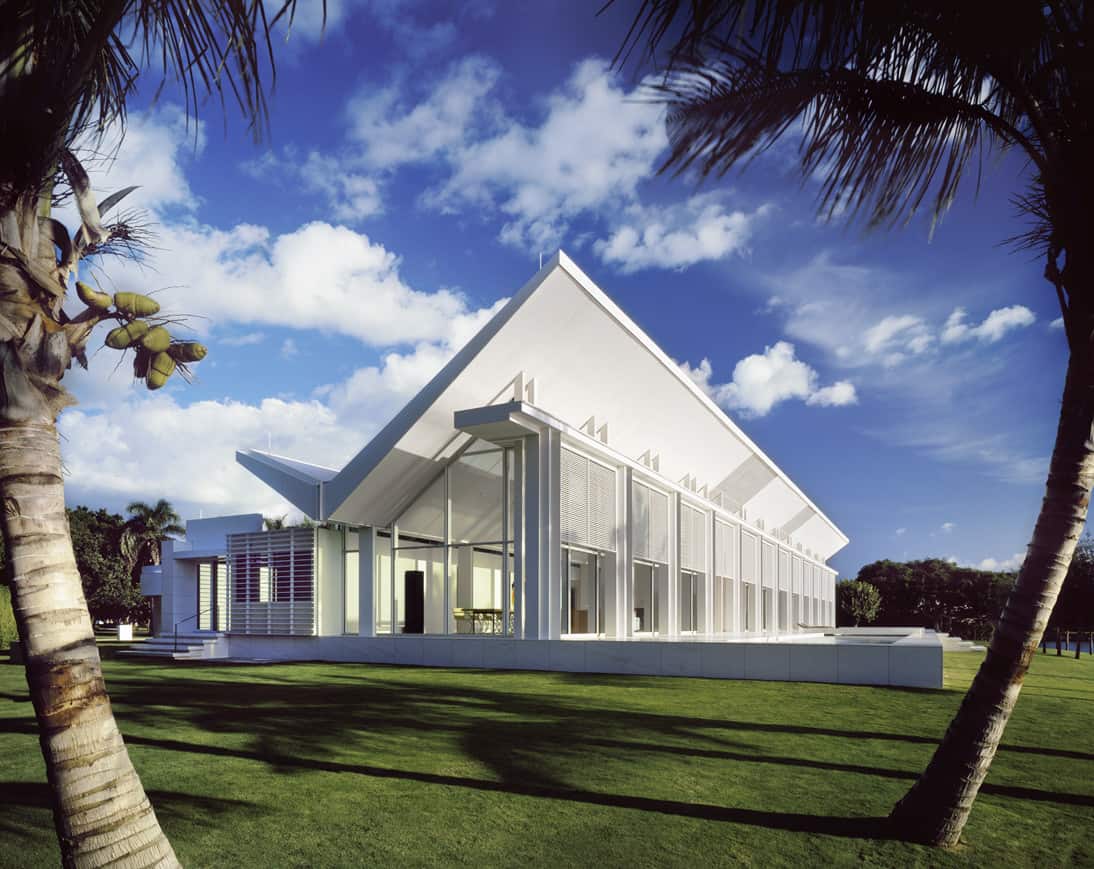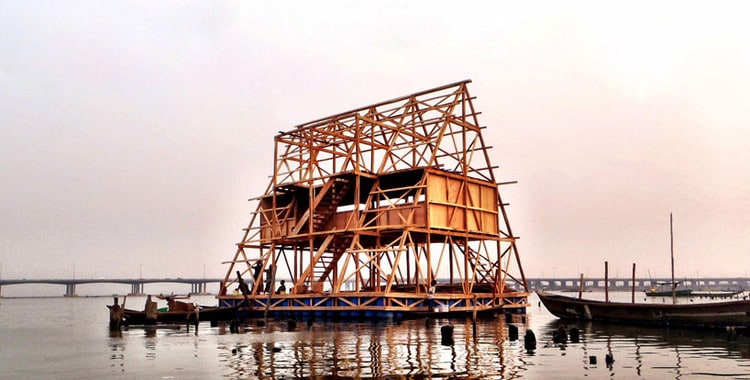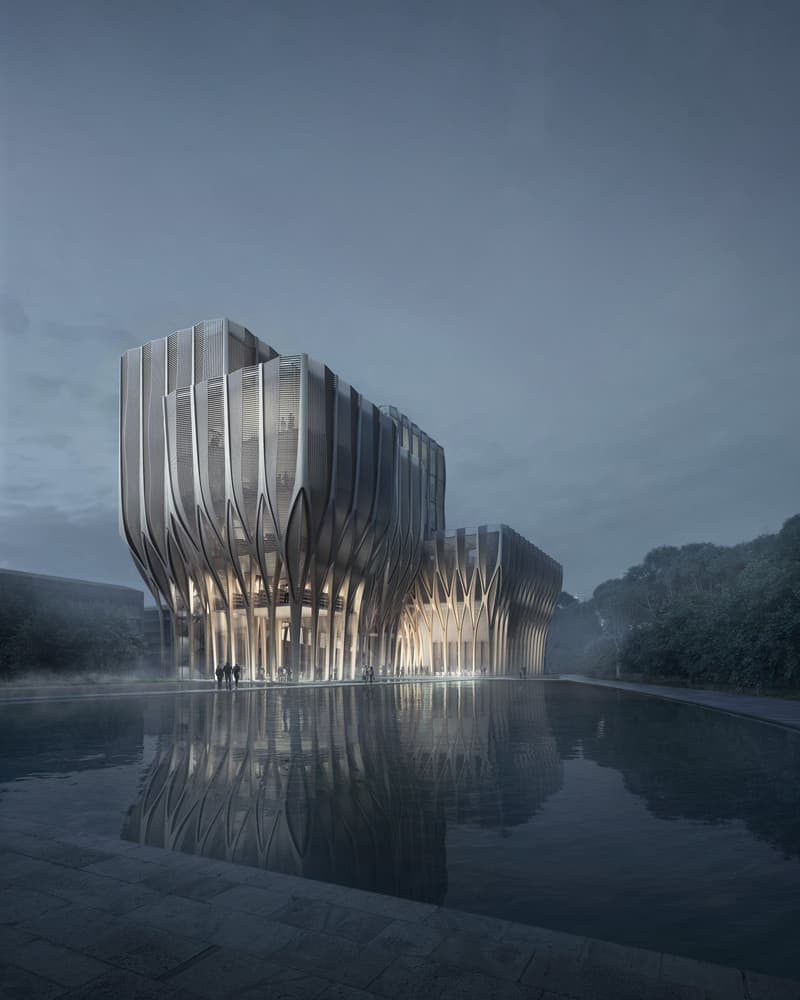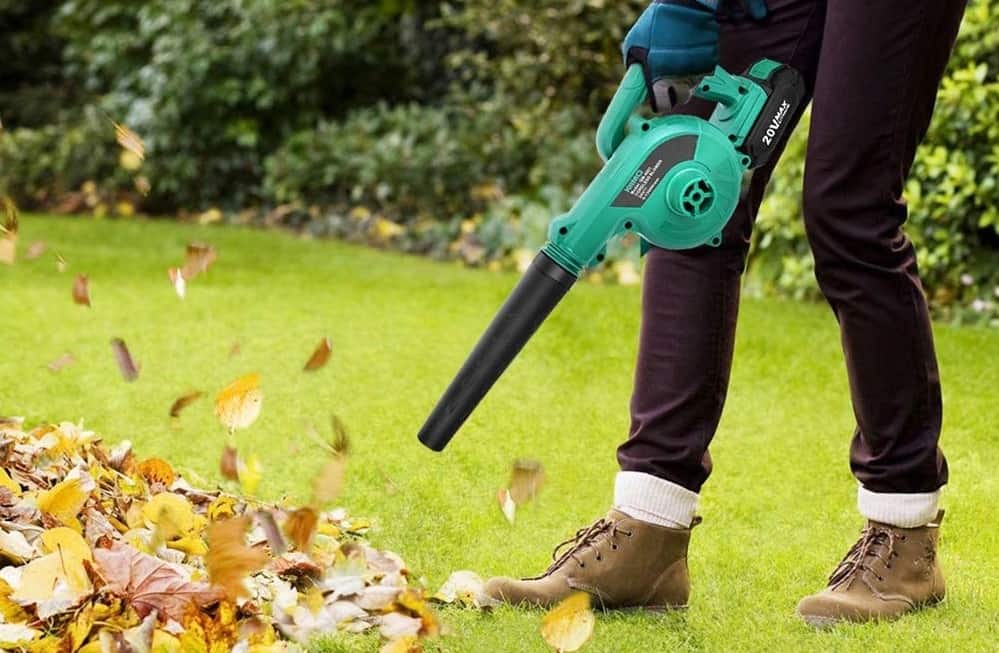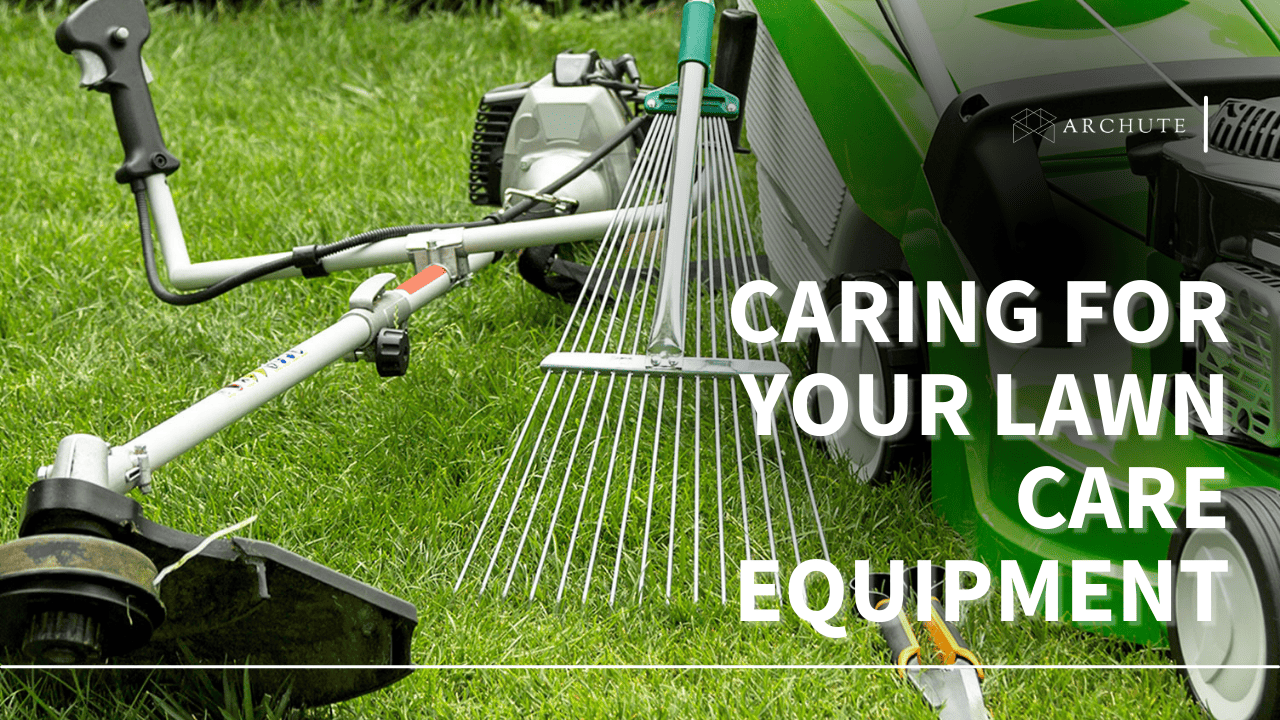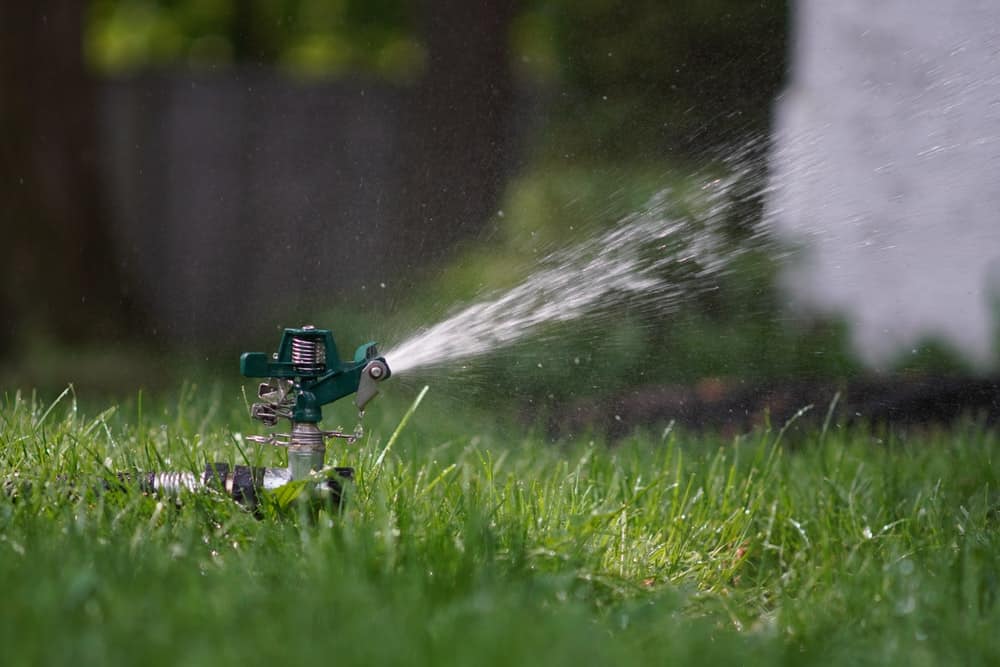Lighting is important in keeping indoor plants in good heath. Growing outdoors in sunlight vs. growing indoors where there may not be enough light are different options. Nevertheless, the best LED grow lights that feature top performance can set out problem.
One of the core benefits of LED grow lights is their ecologically friendly nature, energy-efficiency and capacity to replicate the whole spectrum of light. They are considered the best indoor lighting alternatives, but you need to make sure that the type you pick is the one best suited for their plant needs.
Rather than that we took it a step further and conducted a study that led to discovery of lists of the Top 5 LED grow lights that are worth knowing more about. Firstly, EZORKAS 9 Dimmable Levels Grow Light inspires because it is automated and it contains mechanisms like timer, rotating arms and dimmer light. Second choice, intends to eliminate shadow or any other blemishes on the plant by using Spider Farmer SF2000 LED Grow Light which can cover up to 3 feet by 4 feet space. Next, MARS HYDRO 2023 New TS1000 150 Watts LED Grow Lights which you can use for soft and warm optimal lights for your plants.
Choosing the best LED grow light among a wide range of offers available for the process of indoor gardening may be perplexing. Overall, we believe our picks will help you make the best choice possible. In the next section, we will give you hands-on tips on buying suitable indoor grow lights, which we will go through below.
Rank | Product Image | Brand Name | Link |
|---|---|---|---|
1 | |||
2 | |||
3 | |||
4 | |||
5 |
1. EZORKAS 9 Dimmable Levels Grow Light
- Auto turn on and off timing function
- Red and blue led combination
- 9 dimmable modes
- 3 cycle timing modes
- Suitable for indoor potted plants or indoor gardens
Ezor is one of the best LED grow lights available with its many excellent qualities. The first good part we have noticed was the timed cooking feature; we finally have enough time to do some stuff during the cooking time without standing besides a wife. You will be able to schedule a certain time for planting by just placing the timer at different frequencies during the day, and it comes with three time zones by which you can adjust the planting schedule accordingly.
An equally amazing feature was the 360-degree rotatable arms, through which we could make the nightlight brighter and move it farther away from the plants by just a turn. This grow light has the ten stages of dimming switch, three ways of switching, three spectrum modes, and nine levels for intensity, which makes it flexible enough for various phases of plants growth.

Image Credits: bestreviewsreviews.com
The awesome blue and red spectrum the light is emitting led to the noticeable improvement in the health of our plants, and we sure liked having the USB connector and strong clip that helped us use and secure the spotlight where we needed to. It is certainly then that we set the "energy efficiency" certificate as our standard. It offers the 48 chips with red, blue, white LED beads suitable for different types of vegetables such as succulents, cannabis plants, green chilies, tomatoes, and still many others.
We were much fascinated and amazed with the grow lights features and did not have any hitch but the customer service could indeed be better. To reach the customer service team was a challenge; therefore, a issue or problem resolution was a hassle.
Pros:
Cons:
2. SPIDER FARMER SF-2000 2x4 Ft Coverage
- LOWER RUNNING COSTS & HIGHER-QUALITY YIELDS: SPIDER FARMER LED...
- NEW DIODE LAYOUT & DIMMING DESIGN: Upgraded SF2000 growing...
- IDEAL FOR ALL GROWTH STAGES: Excellent full spectrum- white,...
- WELL MADE & SOLID CONSTRUCTION: No Fan Noise. High Efficient,...
- VALUE FOR THE MONEY: SPIDER FARMER LED Plant Lights are often...
As indoor gardeners, we feel the need of the lighting for optimal plant development, and what this grow light could do! Having used a wide range of LED-backed models from Spider Farmer, we can categorically say that the light is a genuine solution for indoor watering.
We found mainly the coverage area the most interesting feature. These extendable 4'x 2 feet in the flowering stage and 4'x 3 feet in the vegetative stage and good enough for growing many plants.

Image Credits: spider-farmer.com
Next, the wattage power carrying a maximum potential of 200 watt is the key proven feature of 200w grow light, which makes it the best choice for users considering value for money. The panels from Samsung that are equipped with LEDs of high quality stint the lighting with one-fifth of the power that a conventional LED lights currently use. The next cool thing was the dimming knob as we could control the light brightness and suitable for the majority of indoor plants and veggies. The three-years’ warranty period proved these LED lights to be of a perfect quality and, quite alternative, the outcome was remarkable.
Overall, it is now clear that this is an essential lamp for the indoor gardeners. It won't likely be that big of a deal but the only thing we do not like is its price; other than that it is a strong investment for advanced indoor growers, this could be too expensive for beginners.
Pros:
Cons:
3. MARS HYDRO TS 1000W 3x3ft
- 2023 Upgraded TS1000 LED Grow Lights: Experience the advantages...
- Wider Coverage & Stronger Illumination: The Mars Hydro TS1000...
- Dimmable and Daisy Chain: With an independent dimming button on...
- Save Money and Energy: Mars Hydro's advanced SMD LED technology...
- Sunlike Full Spectrum LED: TS1000 full spectrum growing light...
MARS HYDRO TS 1000W LED really amazed us by the power and efficiency that we dare to say that pairing this light with a large planting area is the best decision. By means of its SMD white LEDs, it has the highest lumen output, which leads to a better shelf life than any other type of growing lights.
When buying a grow light, reliability becomes a key factor - this 1000-watt product by MARS HYDRO is designed to work with all power sockets. Moreover, the light consists of 343 LEDs fed just by 150 watts of energy, which can be three folds longer than conventional LED lights. As MARS HYDRO is the brand many consumers recognize and show loyalty to, it automatically becomes a plus point.

Image Credits: mars-hydro.com
This grow light's super bright 743 μmol/m2/s white light a feet away helps it deliver a full spectrum of light which develops the plants at every phase. By moreover, since it does not utilize a fan it is characterized by silence, and the temperature is well regulated by an internal regulating mechanism.
One of things that everyone should look keenly at - the coverage. You definitely don't want to purchase a grow light that can't shine on all plants. As a result big coverage should always be welcomed. The grow light gave us the sufficient space (up to 3x3 ft) in our indoor garden, and the 2-year warranty won us over. The light offers the high photo-synthetic active species proportion, and consequently, most of the energy will be taken by the plant. This will eventually help to achieve an extra yield.
Pros:
Cons:
4. Phlizon Upgraded 600W LED Plant Grow Light
- QUALITY PRODUCTS AT FACTORY PRICES- Our products offer unbeatable...
- COMPARE TO HPS/MH- Compared to MH / HPS lamps, this 600w light...
- DOUBLE SWITCH- Veg and Bloom button have different function. Veg...
- FULL SPECTRUM- We did lots of experiments to ensure that this...
- BEST SERVICE- Phlizon is a professional LED light manufacturer...
Phlizon New Upgraded 600W LED Plant Grow Light with SMD LED is also very good products for people with small indoors gardens.
Transparent efficiency and the double cool fan are two of its remarkable features, which make it a very economic alternative next to traditional lamp. The turning on and off of the veg and bloom switch buttons with different LEDs for each condition of plant growth cycle was accomplished.

Image Credits: phlizonstore.com
The convenience it offers comes with its small size (compact design) and 2ft x 2ft coverage area it makes it feasible for apartment balconies, small kitchens, or any other indoor place with limited space. Moreover, with the bidirectional spectrum (BLUE, RED, IR, UV, and WHITE) aid to boost plant growth; thus, it is suitable for those in the initial stage or the already experienced indoor gardeners.
However, the device still needs some improvement in terms of the noise level of the fan. Though it's not very noisy , it can be audible, may be most so in the quiet environs.
Pros:
Cons:
5. GE BR30 LED Grow Light For Indoor Plants
- Grow your plants throughout the year: These LED grow lights for...
- The perfect plant grow lights for your home: Show off your indoor...
- Long-lasting, low energy and low heat plant light bulb: The GE...
- GE Grow light with balanced light spectrum for seeds and greens:...
- Grow light bulbs for indoor plants: Now you can grow any variety...
GE BR30 LED Grow Light is rather impressed. This full-spectrum bulb is capable to deliver the same light which palms grew up with, and the same light that flowers bloom in spring. The LED technology utilized in the grow light we have produced delivers soft and warm light exposure. In this way it is easier for you to make the distinction between harsh grow lights which are offered on the market.

The best thing about this LED grow light system is the fact that they normally last for a very long time. A 25,000-hours life span indicates 5 years of use. This light source is complicated whereas it only requires 9 watts of energy. This is an all-natural and very budget-friendly way to produce plants inside the house.

Image Credits: gelighting.com
We used this grow lights on a variety of plants ranging from herbs, peppers, cucumbers, lettuce, tomatoes, flowers, and it performed spectacularly well for all of them. The beautifully harmonious and balanced red and blue lights set up for photosynthesis was replaced by the green and thriving growth. Being high potency with a high output Photosynthesis Photon Flux (PPF) of 16 micromoles/second, it is the best choice for ensuring a favorable environment for your growing plants..
However, GE BR30 LED Grow Light may not be the best choice for plants that grow well under the light which should be used on low-light indoor plants. Although we strongly emphasize the light for its cozy and pleasant glow, the use of natural energy, and the optimal waveform of its light, we recommend it wholeheartedly. It will be a great investment for any indoor gardener who is looking forward to a new growth season and wants to enjoy all the benefits of a thriving indoor garden.
Pros:
Cons:
What to Consider Before Buying An LED Grow Light
Image Credits: modernfarmer.com
These are crucial features to consider to make the best buying decision:
1. Light Spectrum
Image Credits: migrolight.com
Among many LED lights available now some produce slight color variation which is either dominant or recessive. We require the full-spectral LED. Full-spectrum LED lights incorporate all that’s needed from seedling to flowering with maximum efficiency.
Some of the light spectrum colors include;
Red Light – It is crucial for the latter stages and the buds to flower.
Purple light – Used the same as the blue light; however, it’s not as effective as the blue light.
White light – It is effective for every growing stage. They have all colors and are therefore considered as full spectrum.
Blue light – Helps in the earliest stages and is the first color your plants can absorb.
Decent LED grow lights should consist of a specific spectrum, whereas one fixture is placed over the position, and plants should be with the same spectrum regardless of how much they are exposed.
2. Size/Coverage Area
Image credits: homesteadandchill.com
Putting into account how many plants are going to occupy your grow light and if you wish to do so portably requires the size of your grow light to be thought over.
The evaluated requirement is the zone where the relevant LED lighting can shine, even when the switch is off now. To attain the best performance of the greenhouse unit, the total space of the LED grow light must be less than or equal to the area covered by the plant units.
If any outer part of the plants does fall in the same adequate illuminated area, it promotes an inconsistent growth and development of the plant. Lenses can also be used to change the blazing area of a diode grow light by reducing or increasing its size.
3. Power
Image Credits: kickstarter.com
LED grow lights manufacturers use various metrics to calculate the intensity of lights; as it is, this presents a challenging task for the comparison of these lights. Typically, the LED light output is calculated in lumens.
Conversely, the scientists evaluate the light intensity which absorbs photosynthesis by referring to photosynthetic photon flux (PPF) that is measured in μmol/s or photosynthetic photon flux density (PPFD) which is measured in μmol/m2/s.
The number of photons released from a single diode in a second is expressed per unit of PPF, whereas the PPFD equals the amount of light in m^{2} per second per square meter. Light’s PPFD and PPF should be relative to its effectiveness, thus the greater the PPFD and PPF the better the light should be.
The number of photons released from a single diode in a second is expressed per unit of PPF, whereas the PPFD equals the amount of light in m^{2} per second per square meter. Light’s PPFD and PPF should be relative to its effectiveness, thus the greater the PPFD and PPF the better the light should be.
Bulb wattage should not be the absolute measurement for how powerful an LED is because bulbs nowadays use more efficient LEDs. Do you know the amount of power that light hold? Check how much lighting you consume by calculation the actual power draw in watt.
4. Type of Grow Light
Image Credits: thespruce.com
It is very important to understand the different types of grow lights that are available on the market, which then depend on the plants you have, the amount of natural light you receive or the location of the plants. These types include;
Light Bulbs-Only one light bulb is used in this product and it is great for leafy and vegetable growth with a broad light spectrum.
Light Bars- These are just a single line of the LED diode that has a broad spectrum and also adds to the main light source.
Light Panels- These are the most common and ideal for a full state of growth, such that they give the plant a maximum development since the light hits every part of the plant.
5. Heat Output
Image Credits: gaardenerspath.com
Lighting that is focused on heat release can damage plants. The majority of the LED light bulbs let out small amounts of embracement, but they can produce a lot of heat. One might want to buy a grow light which devises technology to keep the heat flowing systemically so that is it effectively adjusted is necessary.
6. Reliability
Image Credits: mountaincrestgardens.com
The purchasing price of some of these LED grow lights could be a substantial investment. Therefore, you should make sure they suit your given years. In order to judge the reliability support the growing light system, check the warranty as well as the reviews from other buyers.
Another aspect to consider is that crafting some grow lights types can take more effort than others when it comes to installation. Moreover, It is also important to bare in mind that there would be some that could even make a little noise that you should be prepared for before purchasing.
Frequently Asked Questions(FAQs) On LED Grow Lights
I. What type of LED is best for growing plants?
Among various options of the LEDs for growing plants, the full-spectrum LED is the most recommended one. It gives out light waves which are optimal for different phases of plant growth including ones with blue light which deals with vegetative growth and the ones with red light which is responsible for flowering and fruiting. PGFD (Photosynthetic Photon Flux Density) values of a grow light must be high, and its color temperature must fall into (5000K – 6500K) range.
II. What lights do professional growers use?
The very common type of lights used in growing vegetables and flowers are the Metal Halide Higher Pressure (HPS) and High pressure sodium (HPS). Although incandescent and fluorescent are still being used by consumers as they are cost effective, LEDs are being preferred due to their efficiency.
Any light that covers the entire spectrum is likely too be the best pick for plant growth. This is one of the most important impacts of trees because they offer all the sun rays needed for healthy plant growth.
III. What is the best wattage for your LED grow light?
It differs from wattage to wattage to produce individual plants. Alternatively, plants that require a lot of light such as tomatoes typically need around 40 watts per square meter to grow well and with a yield that matches that of conventional farming.
If you have plants that are low light lovers, as in the case of lettuce, which is a kind of leafy plant, you’ll only need about 20-30 watts per square foot.
Further, the power that different type of LED grow lights have will also be the deciding factor on how many plants can be grown under them. An example can be explained with 450-watt LED light in which you can optimize your space to grow only 9 plants.
IV. What is the best lighting for indoor growing?
It is the amount of lighting that is suitable for plants cultivation in house with regard to the factors depends on growth stages. The vegetative stage is when the plants need those cooler blue or white spectrum, and in the flowering stage, it is the red or orange spectrum lighting that is needed.
Usually LED grow lights of the full-range variety are very suitable to growing indoors. They provide an array of color temperatures that correspond to various stages in a plant’s growth. Ideal color temperature for indoor growing ranges of 4000K to 6500K for the vegetative stage while during the flowering stage ranges from 2700K to 3000K.
V. What is the best color light for plant growth?
For effective plant growth, blue and red group of lights should be set in lightings. The blue light seems very topical when vegetables grow the roots and the leaves. Moreover, it helps create healthy stems during the final vegetative stage. Red light is the most important march of the flowering stage as this causes the flowering, fruiting, and the entire growth of plants. The full-spectrum LED grow lights which have both of the light ranges blue and red spectrum can be the best option since they can give the plants both kinds of lighting.
Meanwhile, the color of light that much favors plant growth over the other types of light is red since the light was responsible for the highest reflectance in plants. All plants showcase absorption of both red and blue wavelengths light though the green light is reflected away by them, this means green light is not as advantageous as other two colors for the plants growth.
VI. How long should a plant be under a grow light?
It is the period of a plant that it should be exposed to the grow light which depends on the stage of growth, the type of the plant and degree of the light.
Under most circumstances, light requirements are 12 to 18 hours per day for plants in the vegetative stage and light will have to be 12 hours per day during the flowering stage. Nevertheless some plants could be needing longer or shorter duration of light, this is due to the dependence- a plant has on the duration of light while growing. Therefore, it is necessary to know the light period that plants need while growing.
The level of intensity of the light is also critical; few plants may need as much light and some may not require such intensity as others. The presence of abundant sunlight can inflict harm to the plant by causing stress, or blocking the growth and development of the plant when there is a lack of it. Probably more appropriate to begin with shorter period of light and then slowly increase the duration as the plant adapt and get used to the intensity of the light. Light projection timing and duration are also important factors to consider for the health and development of the plant.

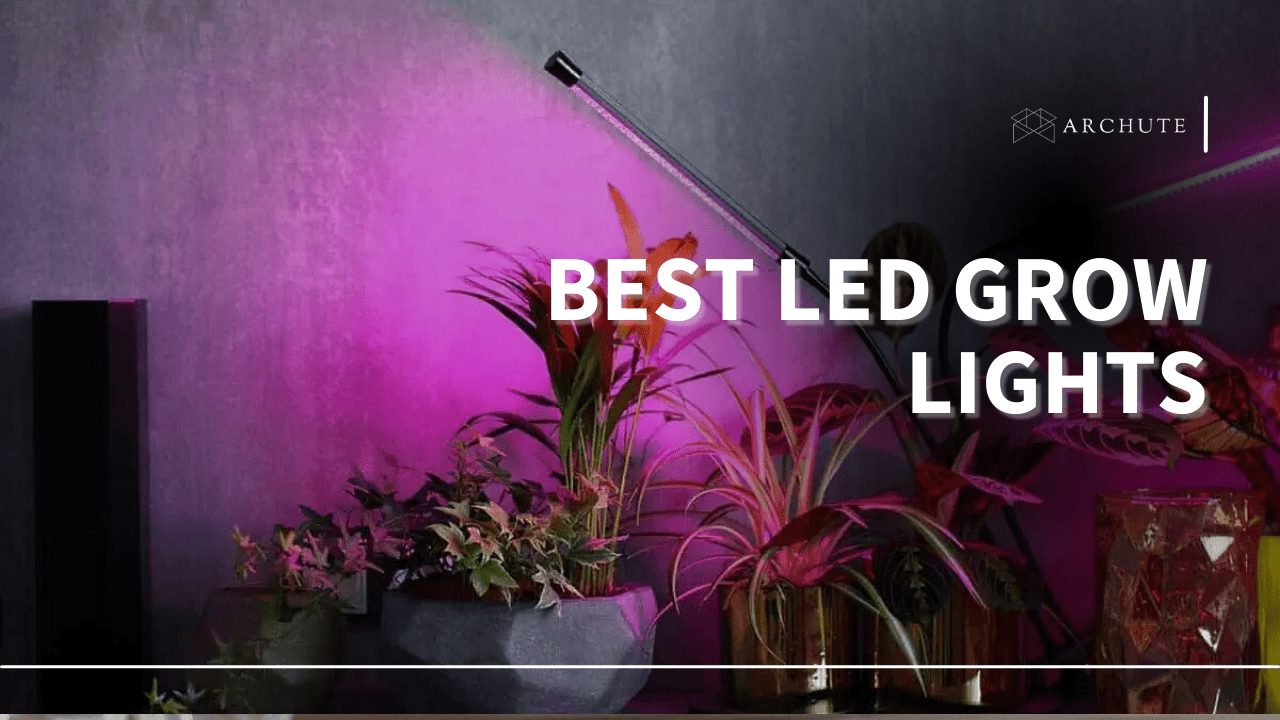






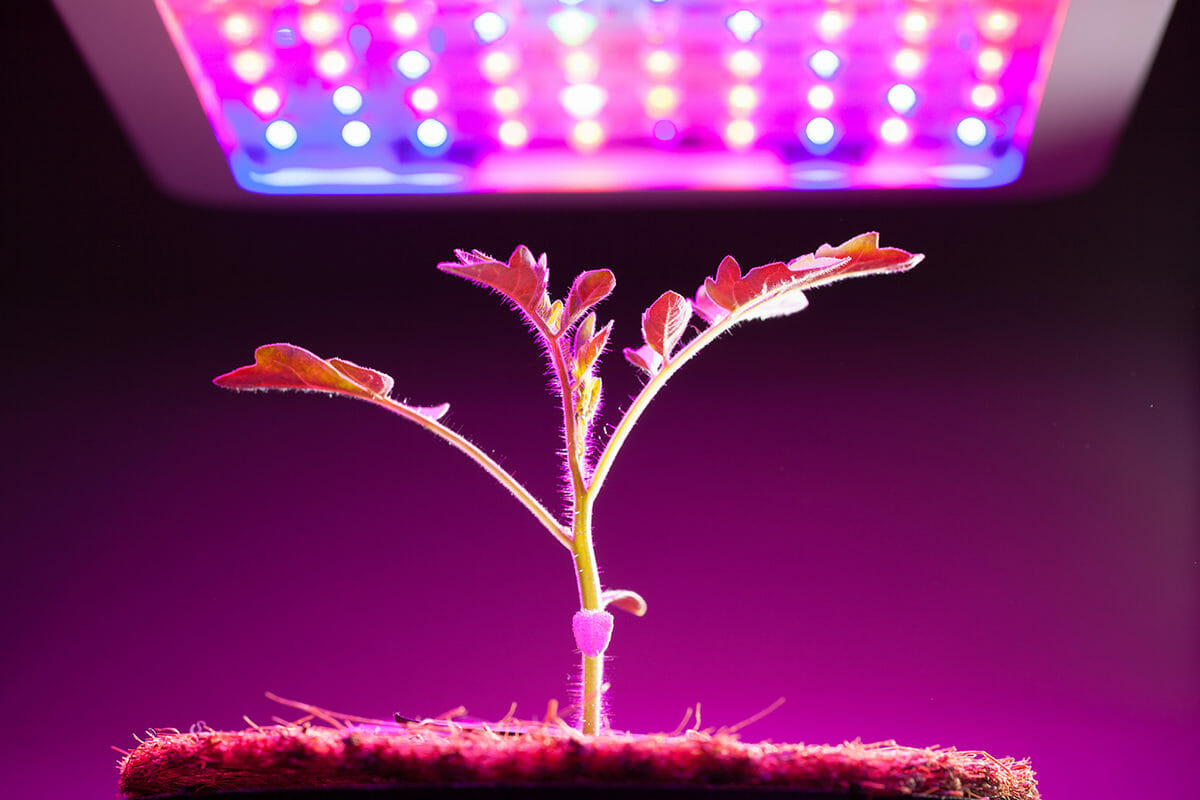



:max_bytes(150000):strip_icc()/how-to-use-grow-lights-for-indoor-plants-5221241-hero-555a096c1048459db820c67ea4b9c495.jpg)
